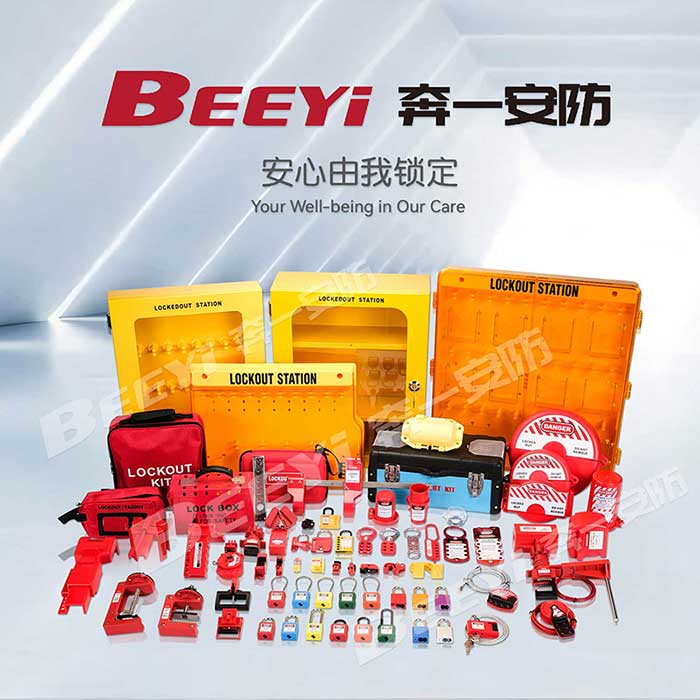Lockout/Tagout (LOTO) procedures are critical safety measures used in industrial environments to prevent accidents and injuries during maintenance and repair activities. These procedures involve the use of physical locks and tags to ensure that hazardous energy sources are effectively controlled before work begins. The primary goal of LOTO is to protect workers from unexpected releases of energy that could lead to serious injuries or even fatalities. In this article, we will explore the importance of lock out tags, how they work, and the best practices associated with their use in industrial settings.

What are Lock Out Tags? Lock out tags are part of a broader safety strategy called Lockout/Tagout, which is designed to isolate hazardous energy sources in machinery and equipment during maintenance. Lockout refers to the physical locking of energy-isolating devices, such as switches, valves, or circuit breakers, to prevent them from being activated. Tagout, on the other hand, involves attaching a warning tag to these energy-isolating devices, indicating that maintenance work is in progress and that the device should not be operated. These locks and tags serve as visual cues to workers, ensuring that no one inadvertently turns on equipment while someone is working on it. Lock out tags are typically used in combination with physical locks to prevent accidental energization of equipment. This combination of locking devices and warning tags forms the basis of LOTO procedures, which are essential for maintaining a safe working environment in industries such as manufacturing, construction, and energy.